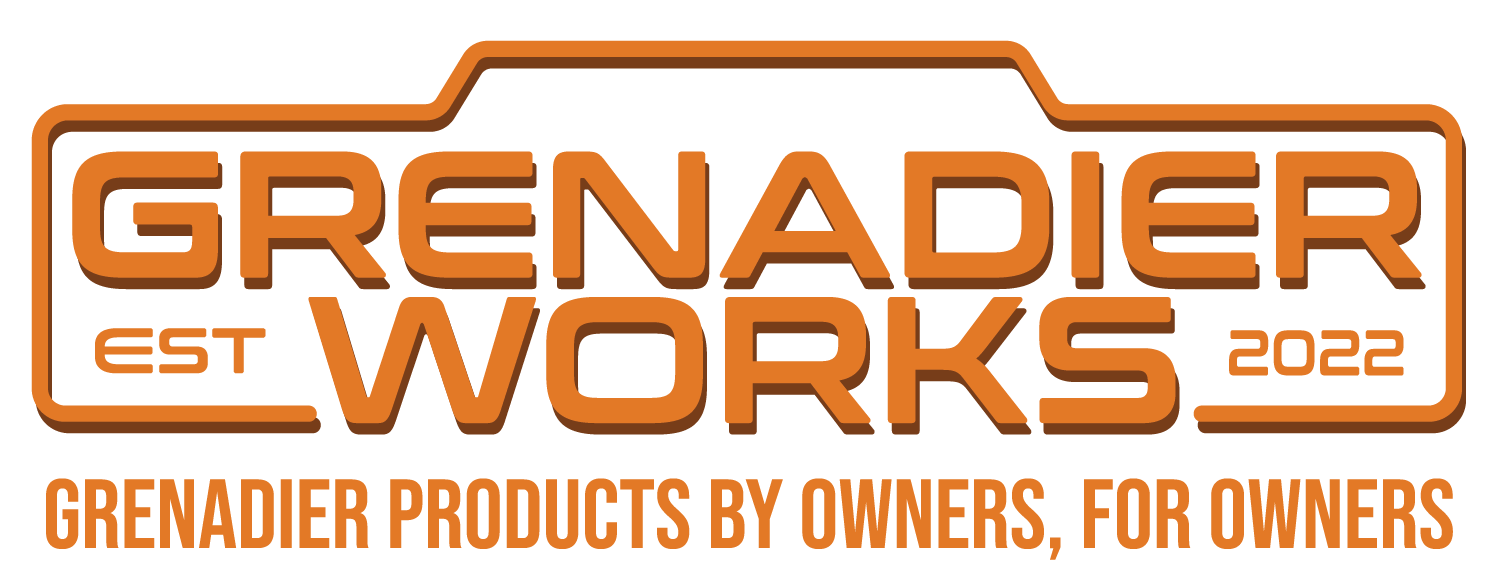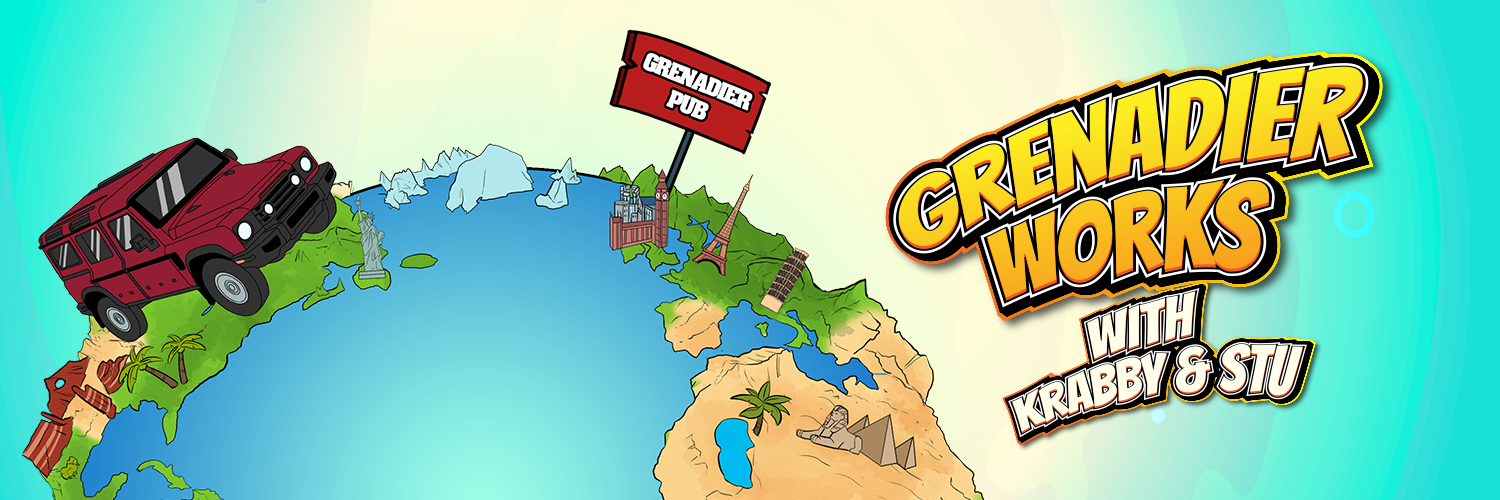Not disagreeing with you at all, this is why either they will have to get more complicated soon enough or they won't be selling in 29.... This topic was kinda cool to deep dive a bit, honestly for what it costs the consumer the amount of "safety" compared to costs doesn't really seem like it was the best choice to make this mandatory. But I guess today's world is different were engineering human common sense out is the direction we are going. lolSo what about a splotch on the windshield, a plastic bag floating in the air, a sheet of rain, or a clump of fog and so on. You can take the Tesla route, which is to load up on cameras and neural compute in the trunk, and try to identify every object you see to attempt to divine its relevance and intent...and still fail when you see a plastic bag. Or plop on some lidars to get high accuracy, but sparser and slower data.
Fundamentally though, grenadiers are limited because they have one camera, and it's not even stereoscopic. The only way to know how far something is, is to know what it is and how large large it's supposed to be. This is a reasonably constrained problem when you talk about humans and cars and trucks. When you expand this, you very quickly end up down the Tesla rabbit hole and wish you could fit more GPUs in the trunk.
The Grenadier Forum
Register a free account today to become a member! Once signed in, you'll be able to contribute to the community by adding your own topics, posts, and connect with other members through your own private inbox! INEOS Agents, Dealers or Commercial vendors please use the contact us link at the bottom of the page.
-
Guest submit your best shot for a chance to win the December Photo Contest. Photo Contest Click Here
You are using an out of date browser. It may not display this or other websites correctly.
You should upgrade or use an alternative browser.
You should upgrade or use an alternative browser.
I have never had any AEB type warning or interaction driving this car. Nothing.
I had plenty in other cars (owned and borrowed) that had collision avoidance systems, telling me to brake, or braking for me.
I had plenty in other cars (owned and borrowed) that had collision avoidance systems, telling me to brake, or braking for me.
Dang Tailgate much? Or false alerts?I have never had any AEB type warning or interaction driving this car. Nothing.
I had plenty in other cars (owned and borrowed) that had collision avoidance systems, telling me to brake, or braking for me.
My camera never read speed sign until the Feb. 2024 update. After that it read the signs and adjusts the display icon. However, I have noticed that if the speed limit sign differs from the internal database, and signs are posted infrequently, the system will default to the database speed after 5-10 seconds.The cam works fine in the UK with speed signs. The database is relatively weak in the UK (at least in my area), and often you need to wait for the next sign for it to be corrected.
Maybe your camera isn't calibrated if both sign reading and AEB is not working?
Driving in South Florida.Dang Tailgate much? Or false alerts?
I have to ask - your avatar - did you use “Donald Trump Antichrist in Black Mass” as a ChatGPT prompt? The smoke from the incense doesn’t usually come OUT OF THE PRIESTS HANDS during a High Mass. There would be . . . questions.Driving in South Florida.
That's easy then, buy an old defender from the '90's for $10k to $20k, spend $35K doing a frame off rebuild and for around $50k you've got a great vehicle with just what you want.Or you can think of it in modern luxury/sports car terms. You pay more for less, ie Porsche Carrara T, less tech features, higher price than stock. You pay for the mechanical bits and capabilities for a specific purpose. In my case, again just me, I would pay more to have less intrusion from the car and just be able to drive not operate an appliance. If I wanted all the tech, I’d have bought a Lexus GX Overtrail and had to figure out how to keep the luxury interior clean, which is a different problem.
Instead of a $80k to $100K vehicle with a lot of stuff you don't want.
Green Gren
Grenadier Owner
Except it’ll still sound like you’re driving a metal barrel inside. And my left arm and shoulder won’t have anywhere to go.That's easy then, buy an old defender from the '90's for $10k to $20k, spend $35K doing a frame off rebuild and for around $50k you've got a great vehicle with just what you want.
Instead of a $80k to $100K vehicle with a lot of stuff you don't want.
Similar threads
- Replies
- 4
- Views
- 373
- Replies
- 105
- Views
- 6K
- Replies
- 18
- Views
- 973



